THE STIGMA OF STIGMATA: TATTOOS IN THE ANCIENT WORLD

If someone mentions ancient Greek vases, the first thing that probably comes to mind is lithe, muscular figures, their proportions ideal and their skin devoid of each and every blemish. That image, however, is inaccurate. Many Greek works of art, just like their human counterparts, were adorned with tattoos: the entire ancient world overflowed with permanent ink – and there were strong opinions about it. In fact, the range of these opinions bears a striking resemblance to the diversity of attitudes toward tattoos in the West today. Although tattooing was used in Greco-Roman culture over hundreds of years, it was invariably viewed as a punishment and a disgrace. An examination of the Greek norms on this subject will give sufficient evidence of this attitude, as the Romans closely followed Greek views on the matter.
Widespread loathing of tattoos in ancient Greece can be attributed to the manner by which tattoos were introduced. According to the historian Herodotus (c.484–c.425 BC), Greeks first learned of tattoos from the Persians in the 6th century BC. It was a common Persian practice at the time to tattoo subordinates forcibly, which made it probable that the Greeks would assign negative connotations to the art. By the 5th century BC, frequent literary allusions indicate that the Greeks were regularly tattooing criminals, slaves, and prisoners of war as punishment.
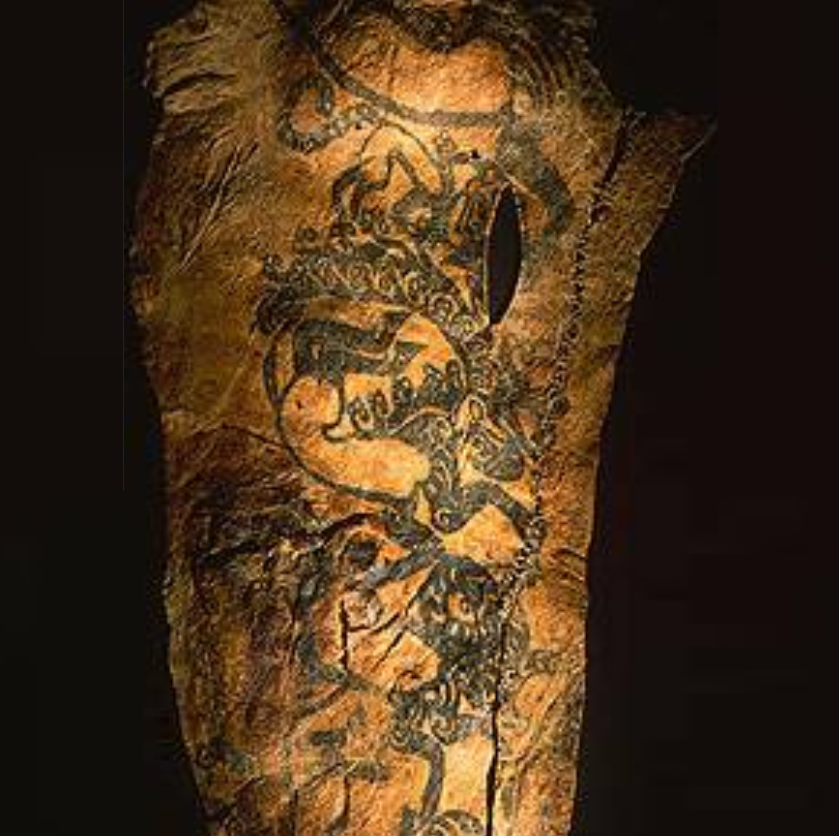
Alhough hot-iron branding could have been used on these groups for a similar effect, the use of the word stigma in the relevant texts usually implies permanent ink. Regardless of the method, however, recipients of such markings in the Greco-Roman world could expect certain consequences, all of which began with the following process, described some centuries later by the medical writer Aëtius (5th/6th cent. AD): “Prick the places with needles, wipe away the blood, and rub first with the juice of the leek, then the drug” – the drug being a mixture of black ink and other materials designed to give the pinpricks color.
As routine as this procedure sounds, tattooing in ancient Greece served a horrifying punitive purpose. For one thing, the lack of adequate hygiene at the time meant that forcible tattooing endangered the punished person’s health. Moreover, the permanence of tattoos made them especially suitable for punishment, since visible tattoos served as a contemptuous and perpetual reminder of subservience.
This cruel utilitarianism is epitomized by a story from the Samian revolt against the Athenians (440–439 BC). Following the acquisition of prisoners on both sides, the Athenians tattooed their captives with a samaina, or Samian ship, and the Samians tattooed their prisoners with an owl, or symbol of Athens. In typical Greek fashion, these involuntary tattoos marked their bearers as another’s trophy for the rest of their lives, even if they were to be eventually freed.
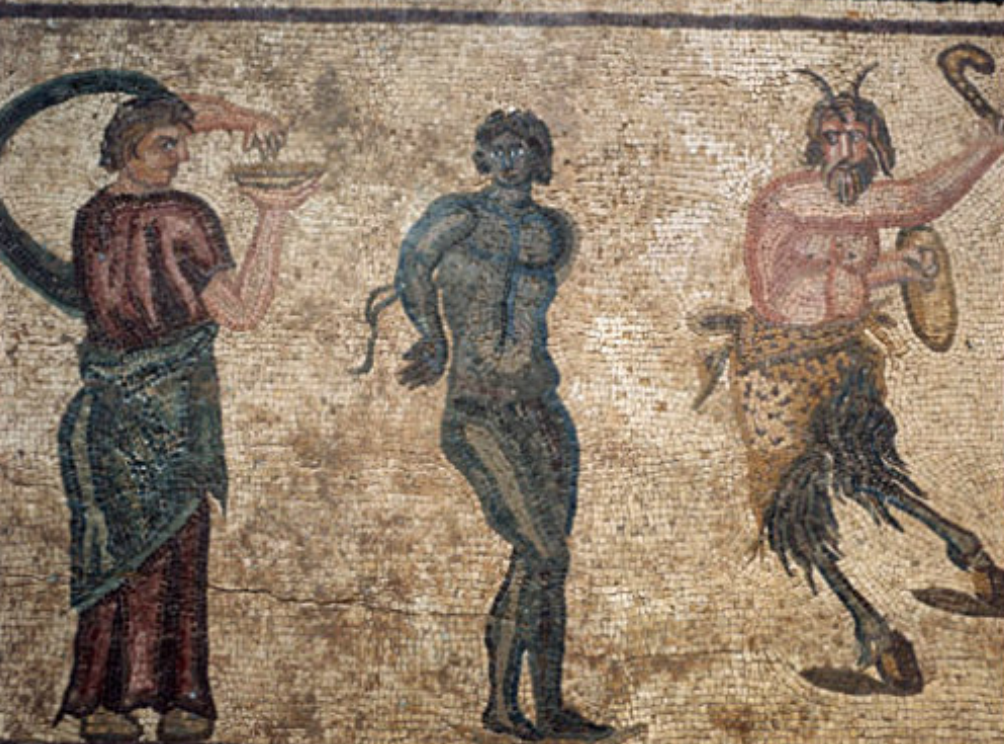
By the Hellenistic period of Greece (323 BC onwards), a specific form of punitive tattooing was also the norm for runaway or otherwise disobedient slaves. Said slaves were often tattooed with the Greek letter delta (Δ/δ), which was the first letter of the ancient Greek word for “slave” (doulos). It was also commonplace for slaves to be tattooed with a short description of their crimes. One scholion on a text by Aeschines (389–314 BC) explains that runaway slaves were often tattooed above the eyes with an inscription reading “Stop me, I’m a runaway.” The importance of such tattoos cannot be understated. To provide context, one extant runaway slave tag – a collar placed on slaves in order to prevent flight – reads, “I have escaped, catch me.” Therefore, slave tattoos in Ancient Greece left the same permanent, obvious mark of ownership that we might leave on a pet. Then or now, it is hard to imagine debasement worse than that.
In the Greco-Roman world, a person with tattoos faced prejudice wherever they went. Punitive tattoos such as the delta served as social and legal inhibitors long after slaves, prisoners of war, and criminals ran away or were manumitted.
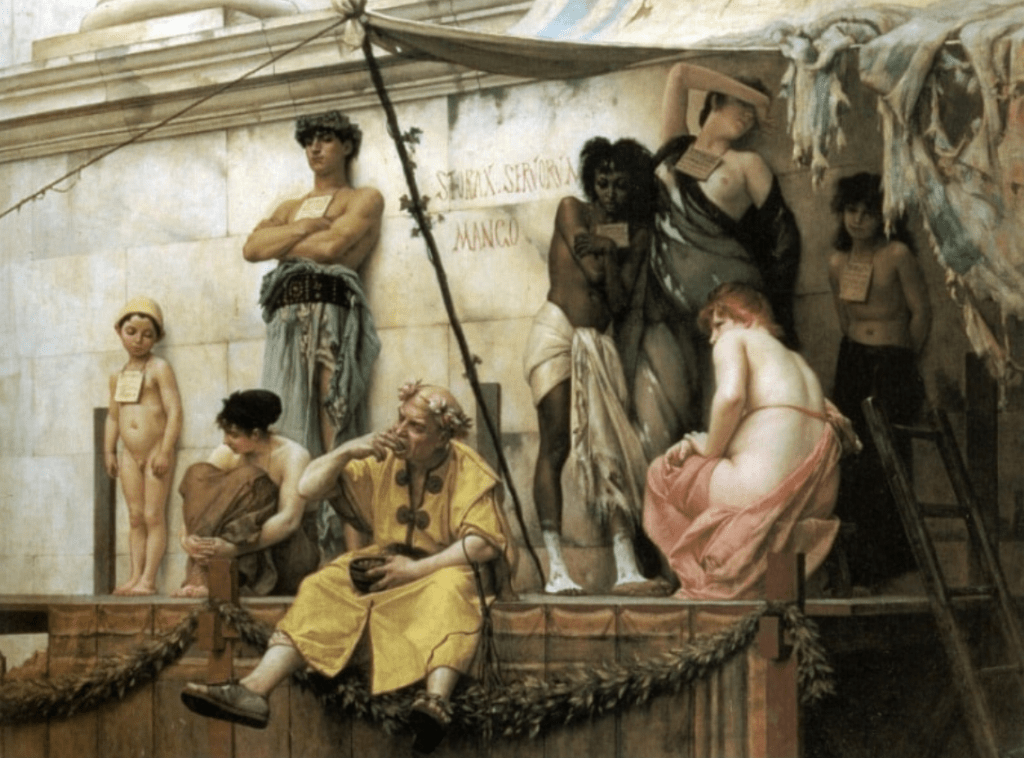
Socially, tattooed persons suffered lifelong ostracism from “respectable” members of Greco-Roman society. After all, the upper classes reasoned, why should they accept someone who, by their markings, obviously held a low status, and perhaps misbehaved while holding it? One anecdote from the Roman poet Martial (AD c.40–c.103) proves this point exactly. One of his poems (2.29) depicts a freedman who tries desperately to pass as a freeborn man by sitting in the senators’ section of the theater, wearing expensive perfume, and flaunting fancy clothes.
Nonetheless, his efforts were ultimately fruitless. At the end of his description of the freedman’s appearance, Martial pointedly asks, “Don’t you know what he is? Lift the bandages and you’ll read who” (ignoras quid sit?splenia tolle, leges). The use of the word “read” (leges) in this quote is an allusion to traditional slave tattoos like delta or “Stop me, I’m a runaway.” Thus, Martial makes it clear that it is because of his tattoos, and for no other reason, that the freedman is someone (or, in Martial’s words, “something”) who is excluded from polite society.
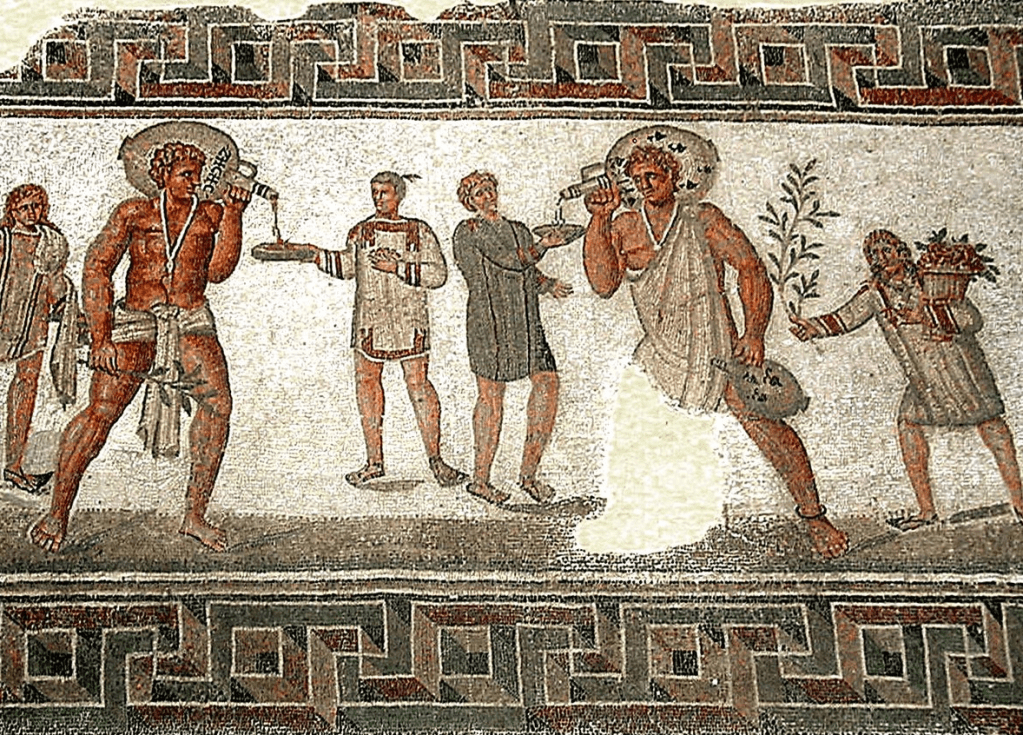
Ownership of tattoos in the Greco-Roman world could also confer certain “legal disabilities”. One of the legislative programs of Emperor Augustus (ruled 27 BC–AD 14), for example, stipulates that any freedman who received bodily punishments, including tattoos, while enslaved would receive second-class legal status. While this status is held, the freedman is classified as neither slave nor citizen. They are also subject to special provisions, such as a ban from coming within a hundred miles of Rome, lest they be sold again into slavery along with all the possessions they acquired while free.
Rather unsurprisingly, the extremity of these consequences made attempts at tattoo removal common by imperial Roman times. Aëtius himself suggested a brew of pepper, rue, and honey in order to remove tattoos. However, it can be surmised from this prescription and others like it that most tattoo removal remedies were unsuccessful, and most ex-slaves chose to hide their tattoos instead. Take, for example, a relevant story regarding the legendary Thracian sage Zamolxis, who was captured and tattooed by bandits when he was in the service of Pythagoras (c.570–c.490 BC); later, he hid these tattoos by bandaging his forehead. Although the story may be apocryphal, it is interesting that anti-tattoo attitudes among the Greeks are projected onto a native Thracian, who should have felt no such shame.
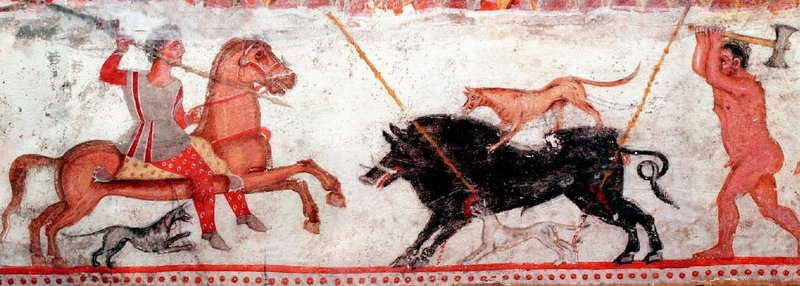
As history shows, that preference was strong. The Thracians of eastern and southern Europe were renowned exceptions to the Greeks’ anti-tattoo attitude. Herodotus notes that among the Thracians, “the possession of tattoos is held to be a sign of breeding, while the lack of them is a mark of low birth” (5.6.2). Half a millennium later, Dio Chrysostom (AD c.40– c.115), adds that the greater the number and intricacy of a Thracian’s tattoos, the higher status they were.
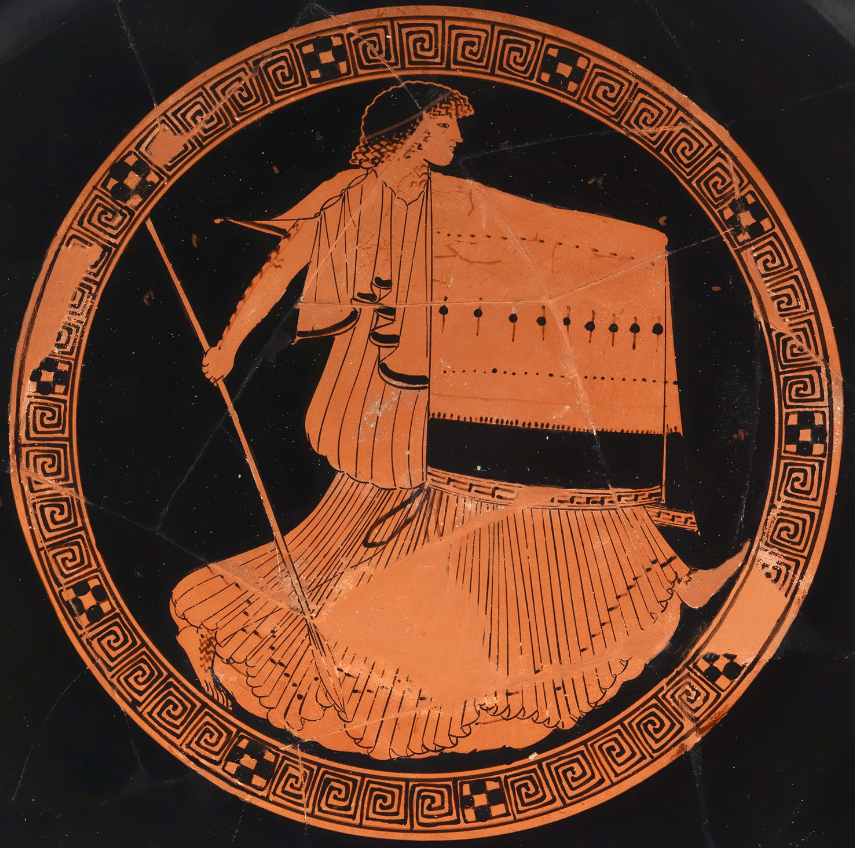
The source of these positively-viewed tattooing practices is unknown, but three theories are set forth by the Greeks. The poet Phanocles wrote in the 4th century BC that Thracian men first tattooed their wives as punishment for killing Orpheus, whereas an anonymous epigram claims that Thracian women tattooed themselves in memory of Orpheus. According to the philosopher Clearchus of Soli (fl. c.300 BC), on the other hand, when the Scythians once defeated the Thracians, the Scythian women tattooed the Thracian women as proof of their triumph. After their eventual release, the Thracian women tattooed the rest of their bodies as a way of reclaiming their autonomy and identity.
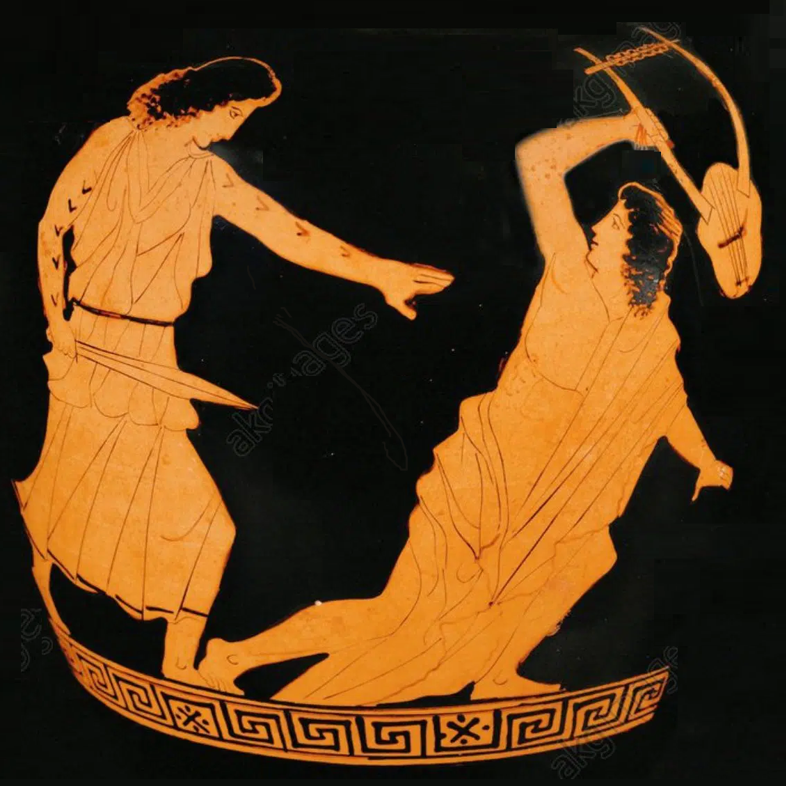
Despite the differences between these stories, all demonstrate how the Greeks imposed their own tattoo biases on the Thracians. According to the prevailing spirit of Greek nationalism in these authors’ times, everything good and civilized was Greek. Since tattoos were common and accepted among non-Greeks like the Thracians, Greeks regarded voluntary tattooing as something that could have arisen only in some barbaric, reprehensible circumstance, such as murder or war. Additionally, discounting the fact that two of these three possible origins involve the mythical Orpheus, the ubiquity and communal value of tattoos in Thracian society discount such theories of punishment. After all, Thracian tattoos served the same purpose as many contemporary, more conventional status symbols such as gold and purple dye. How could they have punitive origins when they possessed such high social status?
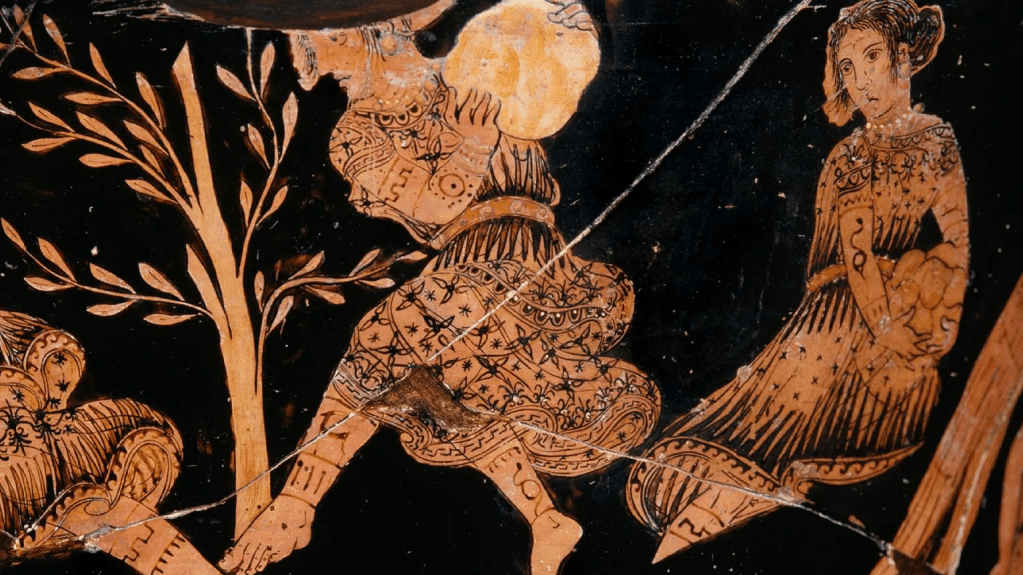
Although no one accorded tattoos higher social status than the Thracians, they were also viewed positively in other ancient cultures outside of Greece and Rome. For instance, religious use of tattoos was common in various Eastern Mediterranean societies.
In Egypt, the earliest evidence of tattoos dates back to the 11th Dynasty (c.2150–c.1991 BC), when mummies were discovered to have tattoos with speculated “erotic significance”.Herodotus also writes that Egyptian slaves could receive asylum if they entered a temple of the Egyptian god Hercules and received the sacred tattoos (stigmata hīra) (2.113.2).
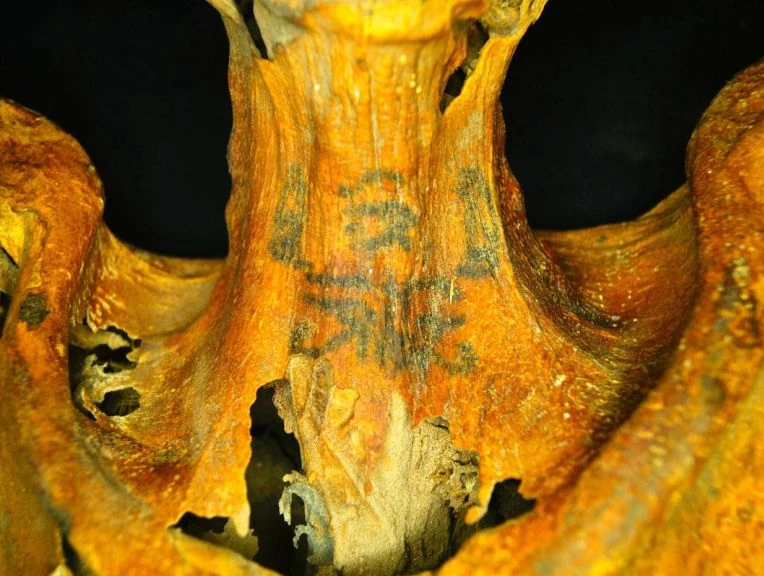
In Syria, sacred wrist tattoos were common by the Ptolemaic period. The satirist Lucian (AD 120–180s) wrote that followers of the goddess Atargatis “are all tattooed on the wrist, some on the neck, and as a result all the Assyrians have tattoos (stigmatophoreousin)” (De Dea Syria, “On the Syrian Goddess, 59).
Tattooing also may once have been common among the Israelites, prompting the proscription found in the Book of Leviticus (mid-2nd/mid-1st millennium BC). This book contains a command that reads, “You shall not make any cuttings in your flesh on account of the dead: you shall not tattoo yourselves.” This rule implies that tattoos, perhaps with a funerary purpose, were routine before the formulation of and strict adherence to the Tanakh (the Jewish holy book).

Even so, Jewish scripture lends a positive light to tattoos that Greco-Roman culture lacked entirely. The Tanakh foretells that the Chosen People will tattoo themselves again at the End of Days in order to pledge themselves to God. In Jewish scripture, the prophet Isaiah says of the Jews: “This one will say, ‘I am the Lord’s’… and another will write on his hand ‘The Lord’s’.” Here, as elsewhere in Hebrew texts, Rabbinical scholars have interpreted the verb “writing” as “tattooing”. Therefore, according to Judaism, tattoos may be a bad thing in this life but are a good thing at the end of all human lives.
Although divorced from the Samian Revolt and the cult of Atargatis by more than 2,000 years, there remains a similar diversity in attitudes toward tattoos today. The Greeks’ and Romans’ anti-tattoo bias still holds strong, even down to the linguistic level. The Greek word for tattoo (“stigma”) is now an English byword for any visible sign of shame. In Western nations, despite their widespread appearance and popularity, tattoos continue to hold some of the same connotations, since tattooed people have traditionally been stereotyped as criminals, gang members, or any other sort of person that somehow stands outside, or even “beneath”, respectable society. As a result, many tattooed people are currently subject to workplace discrimination, since it remains legal for companies to have “no tattoo” policies in the US, UK, and other countries. This prejudice bears similarities to Ancient Rome, when tattoos prevented freedmen, and perhaps marked foreigners, from fully integrating into society.
However, in the 21st century, positive views of tattoos are increasingly the norm, reflecting some of the attitudes held by the Thracians. Although religious tattoos are no longer common, an Ipsos poll of 2019 found that 30 per cent of Americans have at least one tattoo for decorative purposes. Among prisoners, that percentage spikes to 90 per cent, according to one estimate by an Idaho prison official.
The prevalence of tattoos among prisoners grew in the 1930s as a way of reclaiming and boasting about one’s criminal status. These recipients of permanent ink exhibit a kind of Thracian pride, as several studies have found that tattooed prisoners are more body-confident, extroverted, and assertive than their non-tattooed inmates. Even so, this same social group partially justifies the Greeks’ prejudice against tattoos as signifying some anti-social status: other studies have shown that tattooed prisoners have less self-control and commit worse crimes than prisoners without tattoos.
It is often said that much of Western civilization can find precedent in the Greco-Roman world. In the case of tattoos, and the sheer diversity of reasons for and reactions to them, that does appear to hold true.
